
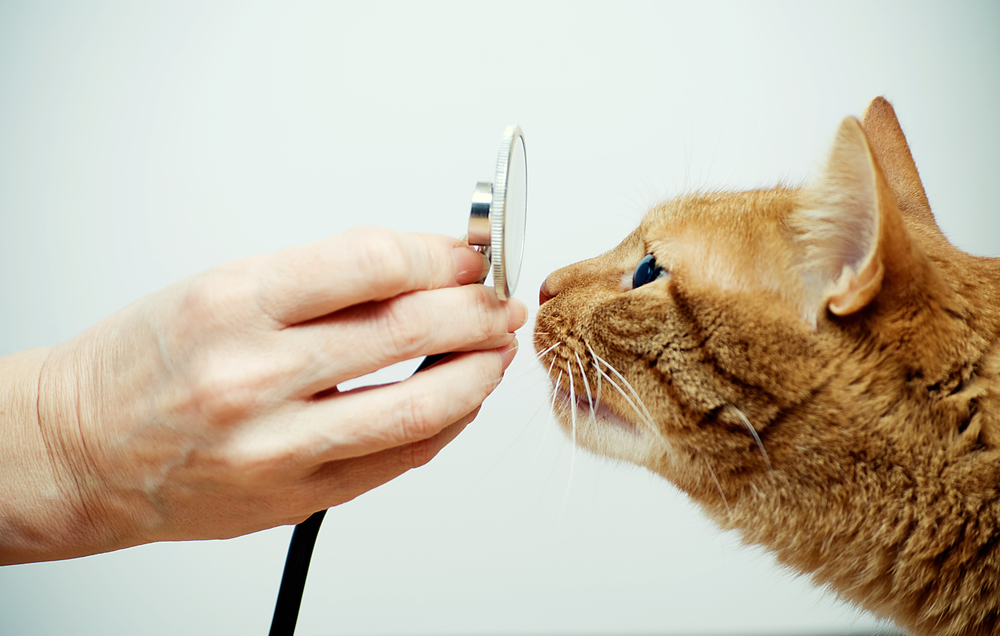
Entropion is a genetic condition in which a portion of the eyelid is inverted or folded inward against the eyeball. This results in irritation and scratches to the cornea -- the front surface of the eye -- leading to corneal ulceration, or corneal perforation. It can also leave dark-colored scar tissue to build up over the wound (pigmentary keratitis). These factors may cause a loss or decrease in vision.
Generally, only brachycephalic breeds of cats, such as Persians, are at risk. Entropion is almost always diagnosed around the time a cat reaches its second year of age.
Common symptoms usually include excess tearing (epiphora) and/or inner eye inflammation (keratitis). The eye may be visibly red, or the skin around the eye socket may be sagging. In some cases mucus and/or pus discharge from the outer corner of the eyes will be apparent, signaling a possible infection.
Facial shape is the primary genetic cause of entropion in cats. In short-nosed, brachycephalic breeds there is more tension on the ligaments of the inner eye than normal. This, along with the conformation of their nose and face, can lead to both the top and bottom eyelids turning inward toward the eyeball.
Large breeds have the opposite problem. They tend to have excess slack in the ligaments around the outer corners of their eyes. This permits the outer edges of the eyelids to fold inward.
Repeated bouts of conjunctivitis can cause spastic entropion, which can lead to functional entropion. This can also be caused by other types of eye irritants and is generally the case in cats that do not normally exhibit entropion.
Diagnosis of entropion is fairly straightforward through examination and any underlying causes or irritants should be dealt with prior to attempting surgical correction. Breeders of cats that are prone to this condition should pay close attention to kittens, having them checked for entropion if their eyelids do not open by four or five weeks old.
If the condition is mild and the corneas are not ulcerated, artificial tears can be used to lubricate the eyes. Ulcerated corneas can be treated with antibiotic or triple antibiotic ointments. Surgery is often required.
This is done by temporarily turning the eyelid inward or outward (everting) through suturing. This surgery is done in moderate cases, and when an adult cat with no history of the condition exhibits entropion.
In severe cases facial reconstruction is necessary, but generally avoided until the cat reaches adult size.
Entropion requires routine follow-up care, with any medications prescribed by your veterinarian. They may include antibiotics to treat or prevent infection, and eye drops or ointment. In the case of temporary non-surgical solutions, there may be a need to repeat the procedure until the problem has resolved, or until your cat is old enough for a more permanent solution. If your cat is suffering from pain, itching or other irritation of the eye, you will need to us an Elizabethan collar to prevent the cat from scratching at its eyes and making the problem worse.
As entropion is usually caused by a genetic predisposition, it cannot really be prevented. If your cat is of a breed that is known to be affected by entropion, you will need to seek prompt medical treatment as soon as you have noticed a complication.
Image: mtr via Shutterstock
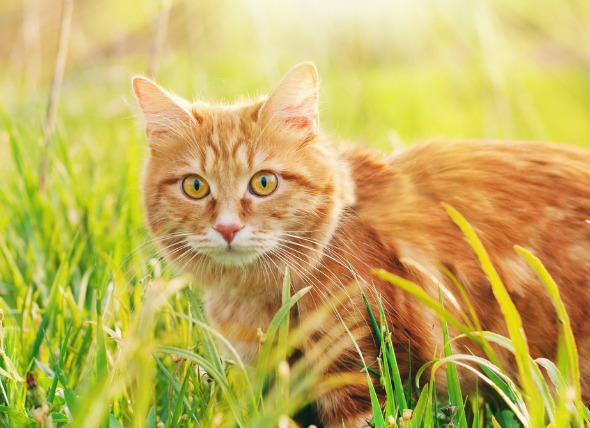 Pancreatic Cancer in Cats
Insulinoma in Cats
Insulinomas are malignant neop
Pancreatic Cancer in Cats
Insulinoma in Cats
Insulinomas are malignant neop
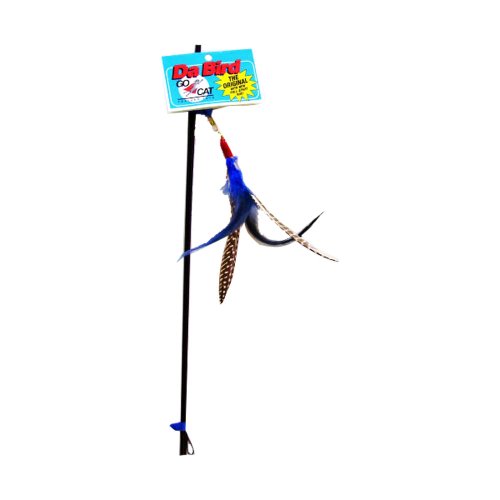 How Chronic Stress Can Affect Both Your Life And Your Cats
Looking at the modern cat&rs
How Chronic Stress Can Affect Both Your Life And Your Cats
Looking at the modern cat&rs
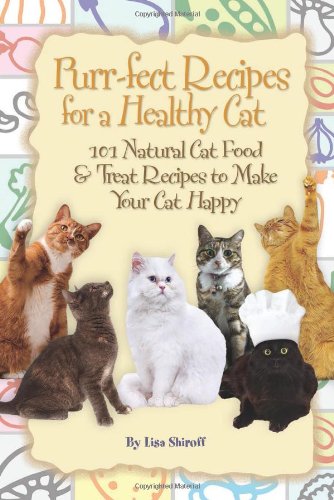 What Kind Of Human Food Can Cats Eat?
People Food For CatsMany cat
What Kind Of Human Food Can Cats Eat?
People Food For CatsMany cat
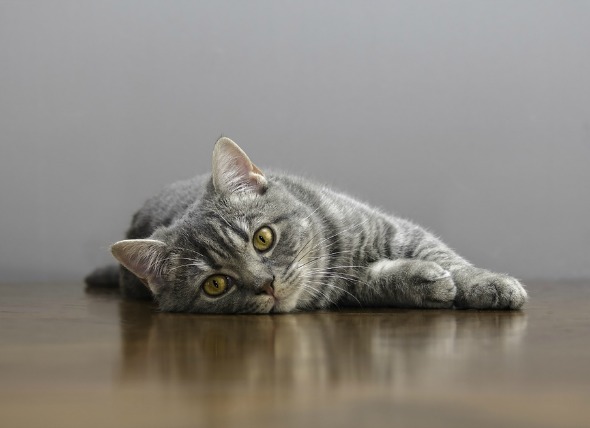 Acute Vomiting in Cats
Sudden Onset of Vomiting in Cats
Cats will
Acute Vomiting in Cats
Sudden Onset of Vomiting in Cats
Cats will
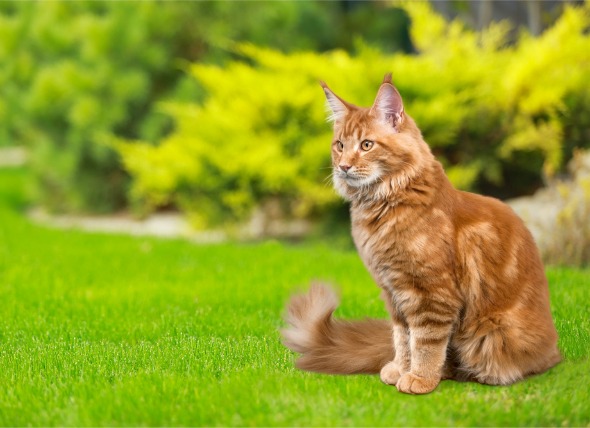 Flea and Tick Medicine Poisoning in Cats
Pyrethrin and Pyrethroid Toxicity in Cats
Pyrethr
Flea and Tick Medicine Poisoning in Cats
Pyrethrin and Pyrethroid Toxicity in Cats
Pyrethr
Copyright © 2005-2016 Pet Information All Rights Reserved
Contact us: www162date@outlook.com